Campaign group eyes dynamic new uses for cooling towers as phase-out looms
A 1960s power station in Nottinghamshire tops the latest “Risk List” produced by campaign group the Twentieth Century Society – featuring above Barbican architects Powell & Moya’s Museum of London and Richard Rogers’ Channel 4 headquarters.
The C20 Society said that while Rogers’ 1994 building and the 70s museum faced an uncertain future, there was a particularly pressing need for the architectural significance of post-war power stations to be recognised and for new uses for them to be found.
As a result, it has listed the 106m tall cooling towers of West Burton A Power Station at the top of its 2023 Risk List. The society said the cooling towers, built between 1961-67 to plans by Architects Design Group, were the oldest 1960s cooling towers that remain in use.
The C20 Society said West Burton A had received an award from the Civic Trust in recognition of its “great style” shortly after it opened, but recognised cooling towers had the potential to “divide opinion”.
“Taller than the dome of St Paul’s Cathedral yet thinner than the length of a pencil, these modernist monoliths are pioneering structures that dominate the British landscape like a giant, concrete Stonehenge,” it said.
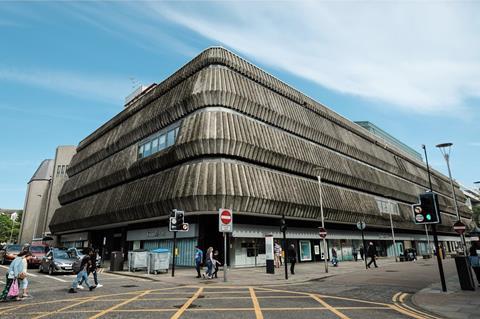
“Despite a stay of execution during the energy crisis this winter, all remaining examples are due to be decommissioned by 2025. Is now the moment to recognise their status as historic monuments of the future?”
The society said current advice from Historic England was that coal-fired power stations are “not distinctive enough to deserve protection” and that certificates of immunity from listing were in place on all post-war examples.
It said that case studies existed documenting how the “silent structural giants” had been put to new uses in Germany and South Africa. The C20 Society said it was currently developing proposals for how British examples could be “imaginatively reused”.
Also featuring on this year’s Risk List is Matrix Feminist Design Co-operative’s Jagonari Arts Centre in east London; an avant-garde pop pyramid in Milton Keynes by BDP ; Covell, Matthews & Partners’ brutalist Norco House building in Aberdeen; and a 1930s Art Deco holiday camp in Weymouth by L Stewart Smith.

C20 Society director Catherine Croft said all 10 structures on this year’s list deserved to survive, and that keeping them would result in “immeasurable” positive benefits.
“Once a building is demolished there is no turning back, a unique creation is lost forever,” she said.
“Whilst some of these buildings may need imaginative renewal, all are capable of inspiring and energising new uses. We need to make sure that none of these opportunities are missed.”
Only two of the 10 buildings on the 2023 list have protected status: The Riviera Hotel, which is grade II listed, and the Scottish Widows Building, which is Category A-listed. Listing bids have been made for the Channel 4 headquarters and Cardiff County Hall.
C20 Society Risk List 2023
1. West Burton cooling towers, Nottinghamshire – Architects Design Group (1961-67)
Risk: Total demolition
2. Norco House, Aberdeen – Covell, Matthews & Partners (1966-70)
Risk: Substantial demolition
3. The Jagonari Centre, Whitechapel, London – Matrix (1985-87)
Risk: Further alteration and loss of features
4. The Riviera Hotel, Weymouth – L Stewart Smith (1937)
Risk: Decline and neglect
5. Cardiff County Hall, South Glamorgan – County Architect’s Office (1986-87)
Risk: Future demolition
6. Channel 4 Headquarters, Westminster, London – Richard Rogers (1994)
Risk: Redevelopment or alteration
7. The Point, Milton Keynes – BDP (1985)
Risk: Total demolition
8. Museum of London/Bastion House, City of London – Powell & Moya (1977)
Risk: Total demolition
9. Scottish Widows headquarters, Edinburgh – Spence, Glover & Ferguson (1972-76)
Risk: Total demolition
10. Ringway Centre, Birmingham – James Roberts, Sydney Greenwood (1958-60)
Risk: Total demolition









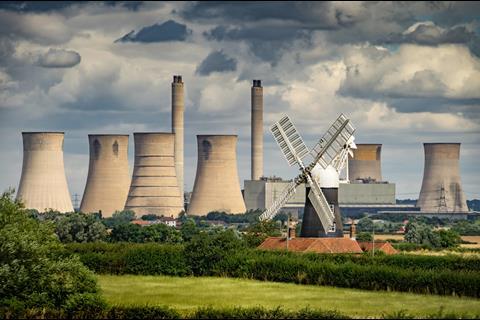

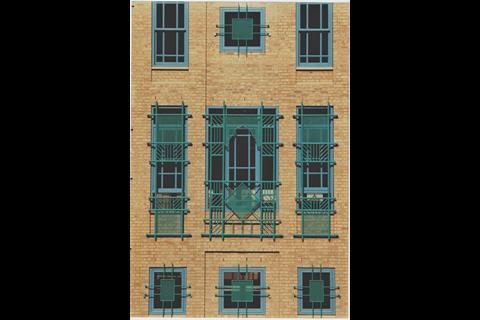
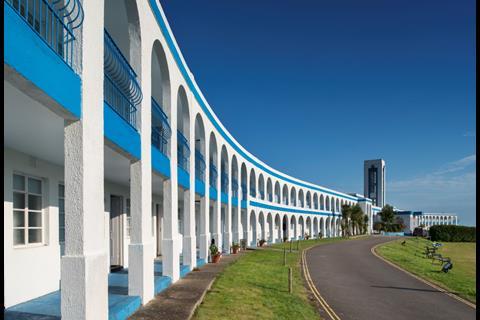


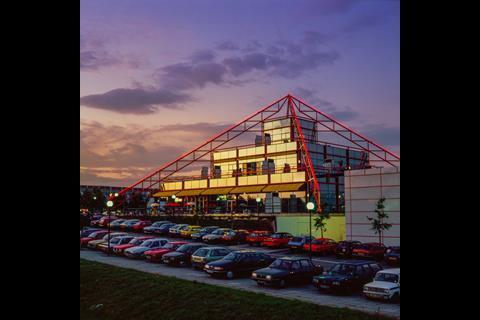
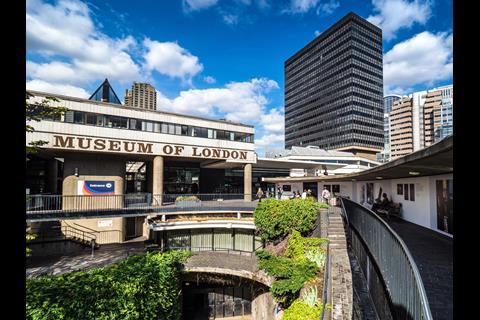
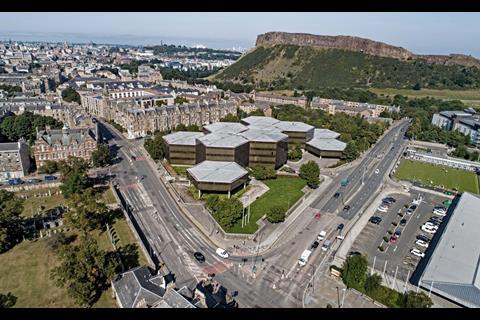

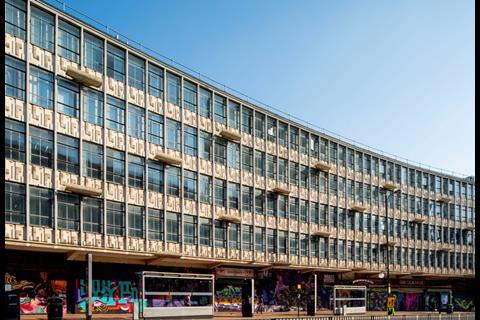







No comments yet